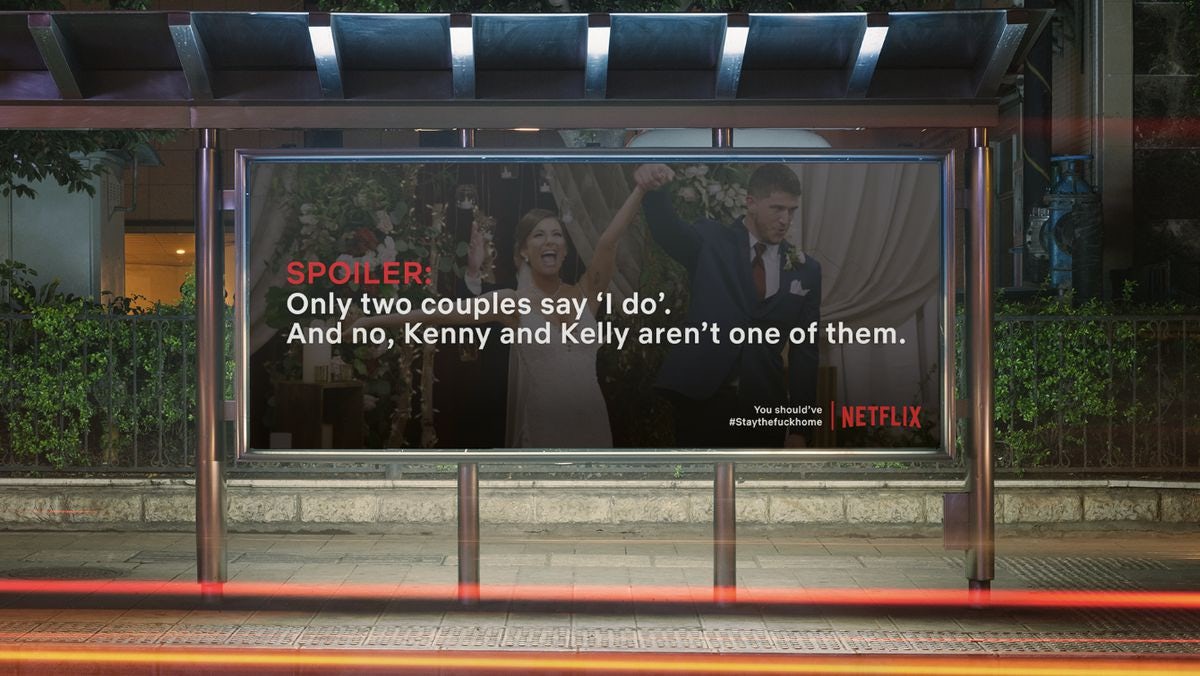Why copywriting still matters
Advertising copy is often seen as a dying art, with D&AD even dropping its Writing for Advertising award this year. Yet, as Brooklyn-based ad creative Malia Bence points out, in reality it is more vital to brands than ever
The reports of the death of copywriting are greatly exaggerated. Ever since I decided to pursue a career in advertising, I’ve been hearing that the art of copywriting died with the last generation of creatives. D&AD’s decision earlier this year to drop its copywriting award as a standalone category sparked further agonising about the state of the craft.
But far from making me despair about my chosen discipline, naysayers in the industry have made me even more determined to create work that proves them wrong. Long-form print ads might be out of fashion, but copywriting is everywhere and it’s not going away any time soon.
When studying, I remember a copywriting teacher who was part of the team that came up with Nike’s Just Do It telling the class that it took them over 500 drafts to come up with that one line. This helped me realise early on how much well-crafted copy is valued. In my new role as a copywriter at Something Different (my first job in advertising) I see the challenges broadening every day. Copywriters have to be able to think creatively within different mediums which are constantly evolving. In addition, we need to be able to shift perspectives constantly and find new cultural references to draw on.

Far from being dead, copywriting has never been more important. We’re in a crisis and because of that brands need to be sensitive, show compassion, be relatable and somehow bring a bit of joy to people’s lives. Great copywriting is what is keeping brands relevant right now.
Brands cannot push products in the way they used to pre-Covid-19 and so they need their words to stand out and show off their brand personality to differentiate from the rest of the pack.
We’ve seen how generic advertising touting ‘togetherness’ at the beginning of this crisis made people switch off in droves. Every brand was making reference to the pandemic but few were saying anything different or interesting. Ads that have cut through have shown the power of great copy, such as Netflix’s Spoiler Billboards which playfully threaten millennials tempted to go outside with spoilers to their favourite shows.

There are endless examples of wonderful copywriting in modern advertising, just look at the genius KFC FCK campaign or the brilliantly funny Durex work that ran following the election with the line ‘Durex Lubes. Get in anywhere. Really. Anywhere’ alongside an image of Donald Trump in the Oval Office.
Social media, which is often blamed for a decline in copy skills, actually greatly enriches what we produce. Copywriters must be able to think creatively across all media, to shift perspectives constantly and find new cultural references to draw on. Platforms like TikTok and Instagram Live are therefore an endless source of ideas and help to keep communication relatable.
That’s not to say the next generation of copywriters doesn’t look to classic ads for inspiration. I’m a huge admirer of campaigns such as The Economist’s posters and Swiss Life’s For All Life’s Twist and Turns campaign. Both tell a story and spring a surprise in as few words as possible. But studying older ads also reminds you that even so-called great copy dates. Many glorified ads, while well written, are offensive by today’s standards, like the 1964 VW ad with a picture of a dented car and the headline: ‘Sooner or later your wife will drive home one the best reasons for owning a Volkswagen’. If ads like those ran today, they would be hurting brands a lot more than helping them.
Personally, I’m hesitant to write longer form copy, but that isn’t necessarily a bad thing – it’s just where we’re at. For the younger generation, which is often the main target, the attention span is something like eight seconds. Realistically, are any of them going to read a longer form ad? As a millennial myself, I like writing to get straight to the point.

The existential threat to copywriters from AI is also overblown. I often hear warnings about ‘computers’ doing my job one day from people both in and outside of the industry when I tell them what I do. Only brands that have no interest in being creative will be signing up robots to do their copy. Copywriting is valuable because of its human dimension and it can’t be replicated by an algorithm. Sure, AI can write the small print on terms and conditions or file a stock market report, but it can’t reproduce the thought that writers dedicate to a piece of work or a script in order to make it relatable on a human level.
Copywriting is alive and well and will continue to evolve, reshape and adapt with culture and with every new opportunity that presents itself. Copywriting, and by extension advertising, is no worse now than it was in ‘the glory days’, it’s just different – and that should be applauded.
Malia Bence is copywriter at Something Different, itssomethingdifferent.com




